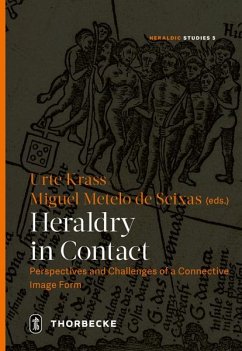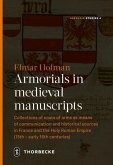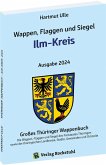In this volume, we follow the coat of arms into situations and zones of contact. Since inception, communication has been in the very nature of the heraldic phenomenon. Hence its remarkable ability to adapt to the circumstances that, from the 15th century onwards, brought populations from all over the world into contact. Our overarching question serves as an attempt to learn more about the modalities of negotiation in contact zones. To what extent were local actors able to develop their own attitude towards invasive and invading colonizers and missionaries by adopting and transforming the European image form of the coat of arms? This departure point leads even further: to think of heraldic emblems as a visual instrument capable of establishing communication not only between different cultures, but also between different eras, and even between the human and divine spheres. The book's interdisciplinarity, the temporal breadth of the collected case studies, and the variety of methodological approaches reflect the dynamism and diversity of the topic itself.
Hinweis: Dieser Artikel kann nur an eine deutsche Lieferadresse ausgeliefert werden.
Hinweis: Dieser Artikel kann nur an eine deutsche Lieferadresse ausgeliefert werden.








